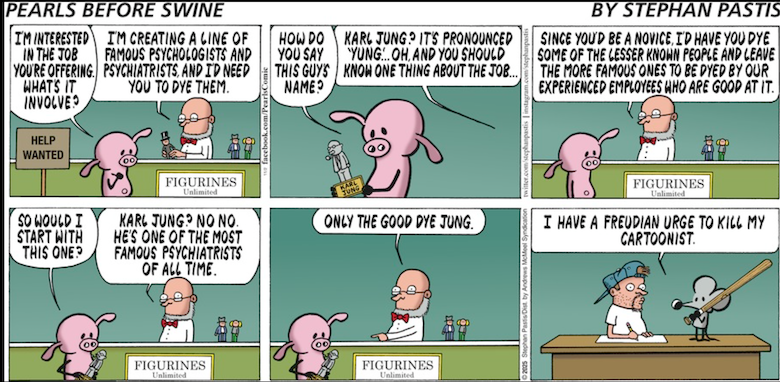Recall the case of the man who was prosecuted by the federal government for throwing a sandwich at a CBP agent. Yesterday, he was acquitted by a jury.
There was no doubt as to the facts of the case. Sean Charles Dunn flatly said, “I did it. I threw the sandwich.” It was clear that the government tried to make the case into a warning to anyone to not show disrespect to any of its ICE or CBP thugs, after a viral video of the incident made them a laughing stock.
A grand jury in DC declined to indict Dunn in August on a felony assault charge, but he was eventually charged with a misdemeanor. The case moved ahead in federal court, with US district judge Carl Nichols acknowledging the strange case and saying the trial would be short “because it’s the simplest case in the world”.

